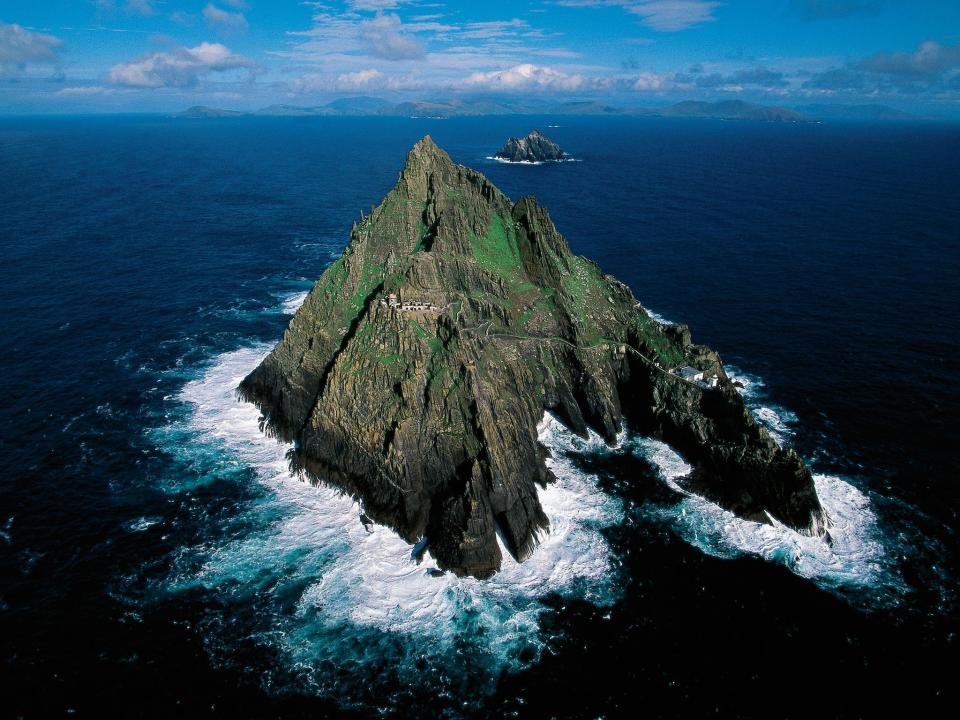Skellig Michael must drastically cull tourist numbers to meet Unesco recommendation
Skellig Michael would need to cut visitor numbers by a third to meet Unesco recommendations, according to new figures.
The monastic island 12km off the west coast of the Republic of Ireland attracted 16,792 tourists in 2018 – 5,692 more than the 11,000 advised by the world heritage organisation.
Unesco has listed Skellig Michael as a World Heritage Site since 1996, but the heritage arm of the United Nations has strict stipulations if destinations want to hang onto their status.
The island has been steadily growing in popularity over the last five years, with annual visitors rising from 11,000 a decade ago to 13,221 in 2013 and 15,315 in 2014.
The island’s profile was raised further in 2015, with the release of Star Wars: The Force Awakens – scenes for the film were shot on the island.
However, although a surge in tourism can be a good thing, heritage group An Taisce claims the number of visitors could soon have a detrimental impact on the island’s monastic remains and world-famous bird population.
A total of 15 boat operators are licensed to bring 12 visitors a day to the island from mid-May until the end of September. If conditions were ideal and every boat full for the 140-day season, some 25,000 people would make the pilgrimage annually, more than double the recommended number.
The government will submit a 10-year management plan for the island to Unesco later this year, following a public consultation process, launched by the Department of Culture, Heritage and the Gaeltacht, which closes on 31 January.
Unesco describes Skellig Michael as a “unique, example of an early religious settlement deliberately sited on a pyramidal rock in the ocean, preserved because of a remarkable environment.
“It illustrates, as no other property can, the extremes of a Christian monasticism characterizing much of North Africa, the Near East, and Europe.”
It follows the news that Machu Picchu in Peru has launched stricter timeslots for visitors.
The Incan ruins became so popular that the government introduced ticketing and visitor caps in 2017 after surging tourist numbers prompted Unesco to threaten to put the attraction on its list of world heritage sites in danger.
From 1 January, the hugely popular world heritage site requires visitors to select specific time slots and arrive within one hour of them or risk being turned away.



